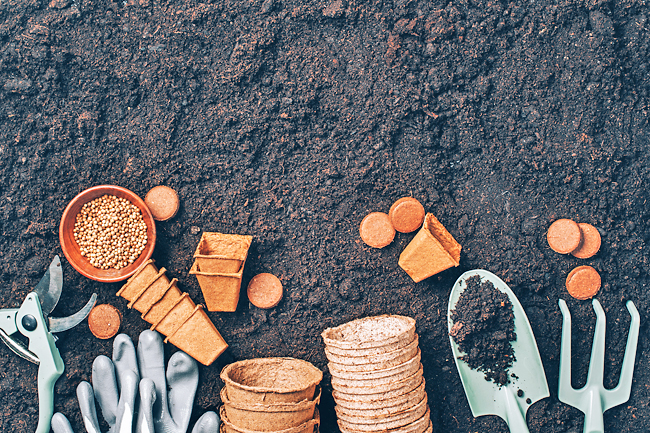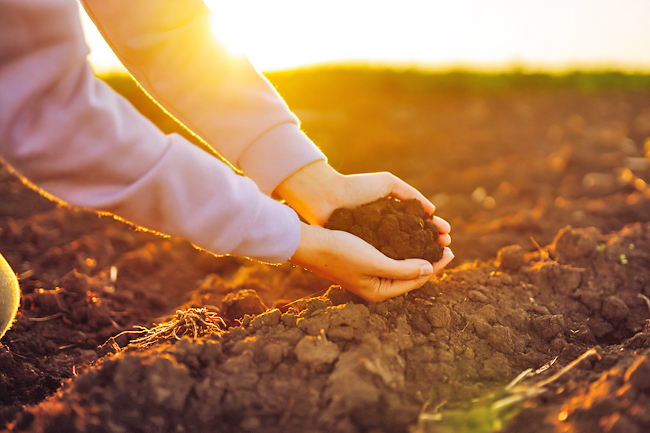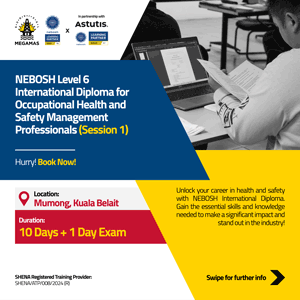ANN/THE STAR – Soil burning is a fast method to enhance soil fertility by quickly releasing nutrients from organic matter and effectively sterilising the soil to eliminate diseases and pests.
However, the process is more complex than it appears. To decide if burned soil is suitable for your garden, it’s crucial to understand the science behind it and weigh its pros and cons.
In natural conditions, soil microbes slowly decompose organic matter, gradually releasing nutrients over months or years.
Fire, however, speeds up this process, rapidly releasing these nutrients in a short time, providing an immediate boost to the soil’s nutrient levels, making them instantly available to plants.
However, the effects of fire on the soil go beyond nutrient release. Factors such as fire temperature, duration, oxygen availability and soil characteristics (organic matter content, moisture and mineral composition) play crucial roles.


Here is what happens at different temperatures:
1. Low temperatures
(50-75 degrees Celsius (°C))
Soil microbes, including beneficial bacteria and fungi, are highly sensitive and can be killed.
This temperature range also starts to affect soil moisture, turning it into vapour. The loss of beneficial microbes can have long-term negative impacts on soil health and fertility in the long run.
2. Medium temperatures
(75-200°C)
Soil becomes more resistant to erosion and water-repellent, meaning that it is less likely to absorb water and more likely to resist erosion. This is particularly true for sandy soils compared with clay soils. The increased water repellency can be both a blessing and a curse, as it may help prevent soil loss but can also make it more difficult for plants to access water and nutrients.
3. High temperatures
(200-450°C)
The soil structure begins to break down and the soil loses its water repellency. Organic matter decomposes rapidly, losing a significant portion of its weight, and at approximately 450°C, soil pH increases, becoming more alkaline. Nutrients begin to volatilise at these temperatures.
4. Very high temperatures
(above 450°C)
More nutrients volatilise and their losses can have significant impacts on soil fertility and plant growth, requiring additional amendments to restore the nutrient balance.
Different nutrients respond differently to high temperature. For instance, nitrogen and sulfur volatilise at temperatures above 200°C and 375°C, respectively.
Potassium also volatilises, but above 774°C, while phosphorus remains in the ash.
However, nutrients such as magnesium, calcium and manganese have very high volatilisation thresholds and are less affected by heat.
Burned soils are often sold cheaply; however, the preparation method and nutrient content are rarely disclosed.
Controlled burning can enhance soil fertility, but without knowing the nutrient status through laboratory analysis, it is challenging to determine its benefits.
The lack of transparency in the production and sale of burned soils can make it difficult for gardeners to make informed decisions regarding their use.
Additionally, burning soil requires significant heat and fuel because soil is a poor heat conductor, making this method less environmentally friendly.
During burning, most changes occur in the top few centimetres of the soil, unless the soil is constantly turned during burning. The benefits of burned soils, if any, are usually short-lived and last no more than a year.
The environmental impact of soil burning should be carefully considered, as this process can contribute to air pollution and greenhouse gas emissions.
The use of burned soil for gardening is a hit-or-miss approach. The impact on soil fertility depends on various factors, and this process requires careful control.
Without proper testing, it is difficult to gauge the nutrient content and benefits of burned soil.
Other sustainable soil management methods such as composting, cover cropping and mulching are often more reliable and environmentally friendly.
These methods work with natural processes to improve soil health and fertility over time rather than relying on rapid, short-term nutrient boosts.
In summary, while burning soil can provide a quick release of nutrients, its long-term effects on soil health and fertility are less certain.
However, unless you have detailed information about the nutrient status of burned soil, it is best to explore alternative and more sustainable methods to improve soil fertility in the garden. – Dr Christopher Teh






